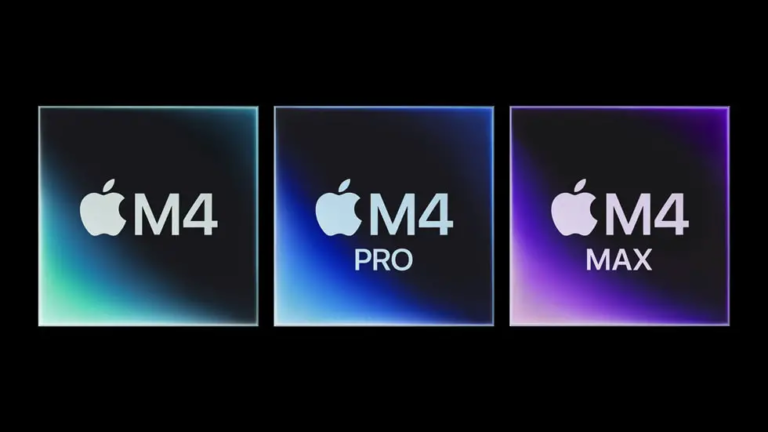Cloudflare, a leading content delivery network (CDN) and security services provider has unveiled its machine learning (ML)-based Traffic Manager and Traffic Predictor tools. These tools are designed to help Cloudflare maintain reliable global network performance by automating traffic routing and predicting traffic flow shifts.
Traffic Manager
Traffic Manager is a real-time load balancer that helps to keep Cloudflare’s products fast and reliable by only shifting necessary traffic away from data centers that are having issues. Traffic Manager uses AI and ML to automatically detect data center user access troubles and withdraw anycast routes from the affected data center until users no longer see issues. Once it receives notification that the impacted data center can absorb traffic again, it puts the anycast routes back.
Traffic Predictor
Traffic Predictor is a tool designed to predict traffic flow shifts based on real-world tests. Every time Cloudflare adds a new data center or a new peering session, the distribution of traffic changes. Plus, the vendor has 12,500 peering sessions across more than 300 cities, so it’s difficult for a human to keep track of or predict how the traffic will move around the network.
Traffic Predictor carries out an ongoing series of real-world tests to check where traffic actually moves. This testing system simulates removing a data center from service and measuring where traffic would go if that data center wasn’t serving traffic. This information is used by Traffic Manager to preconfigure policies to move requests out of failover data centers to prevent a “thundering-herd scenario” where a sudden influx of requests can cause failures in a second data center if the first one has issues.
Benefits of Traffic Manager and Traffic Predictor

Traffic Manager and Traffic Predictor offer a number of benefits to Cloudflare and its customers, including:
Improved reliability: Traffic Manager and Traffic Predictor help to improve the reliability of Cloudflare’s global network by automating traffic routing and predicting traffic flow shifts. This helps to ensure that Cloudflare’s products and services remain available and performant, even when data centers experience problems.
Reduced downtime: Traffic Manager and Traffic Predictor can help to reduce downtime for Cloudflare’s customers by quickly routing traffic away from affected data centers. This is especially important for businesses that rely on Cloudflare’s products and services to keep their websites and online applications running.
Improved performance: Traffic Manager and Traffic Predictor can help to improve the performance of Cloudflare’s products and services by routing traffic to the closest and most efficient data centers. This can lead to faster page load times and a better overall user experience.
Cloudflare’s Traffic Manager and Traffic Predictor are innovative AI-powered tools that are helping to improve the reliability, performance, and availability of Cloudflare’s global network. These tools are beneficial to both Cloudflare and its customers, and they represent a significant step forward in the management of complex global networks.







